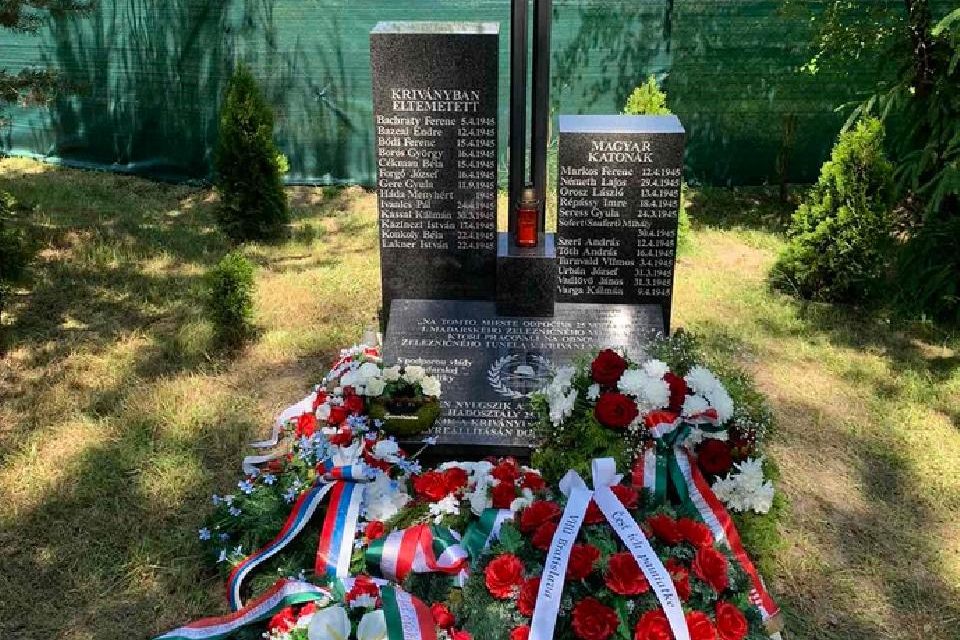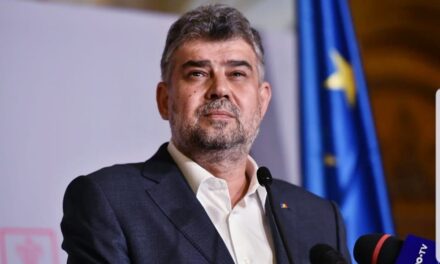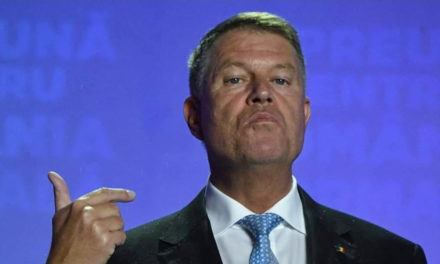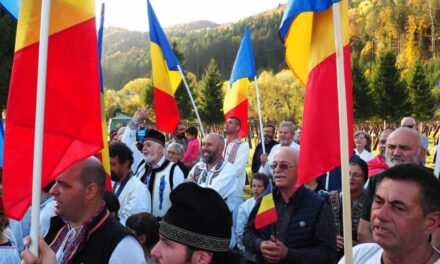On June 8, a few days after Trianon's mournful anniversary, an extraordinary memorial was inaugurated in the village of Krivány near Zólyom. A memorial was erected to the soldiers of the Hungarian I. railway construction division in the joint organization of the Barti-based Memoriae Patrum Honmismereti Társulás and the village of Krivány. For the Hungarian soldiers who, under Soviet command, worked as prisoners of war on the restoration of the Krivány-Losonc railway line and the blown-up Krivány railway tunnel in 1945. Although they were not actually prisoners of war, they were soldiers of the 1st Hungarian Railway Construction Division.
The division was established by order of Marshal Malinovsky in January 1945 and was part of the Soviet Army until August 1945. The resistance of organisms weakened by poor nutrition was reduced to almost zero, as a result of which 21 people died in one week. The treatment was inhumane and harsh, their food consisted of ground barley and fodder beets without salt.
A total of 46 Hungarian soldiers sacrificed their lives on the Krivány-Losonc line until May 19, 1945, and 25 Hungarian soldiers were buried in Krivány. According to eyewitness accounts, these soldiers were made to work in inhumane conditions.
The inauguration of the monument began with the singing of hymns, and then the mayor of Krivány, Imrich Paľko, greeted those present. He emphasized the exemplary Slovak-Hungarian cooperation, thanks to which this worthy memorial was created. Until 2019, only the cross, once made of railway tracks, indicated that Hungarian soldiers were buried here.
Then, organized by the Memoriae Patrum National Knowledge Association and with the support of the Hungarian government, the memorial site was completed and the soldiers who came to Krivány to create value can finally rest in a dignified place.
After the greeting of mayor Krivány, the Commander of the Military History Institute and Museum in Budapest, dr. Colonel Vilmos Kovács greeted those present. "We will not forget you, you lived forever in our hearts," he said,
After the commander's words, dr. The Most Reverend József Parák, the Hungarian Vicar of the Bishopric of Besztercebánya, blessed the monument. The monument, designed by HM HIM graphic designers, was made by stonemason Tibor Bélai.
Source and image: Felvidék.ma













